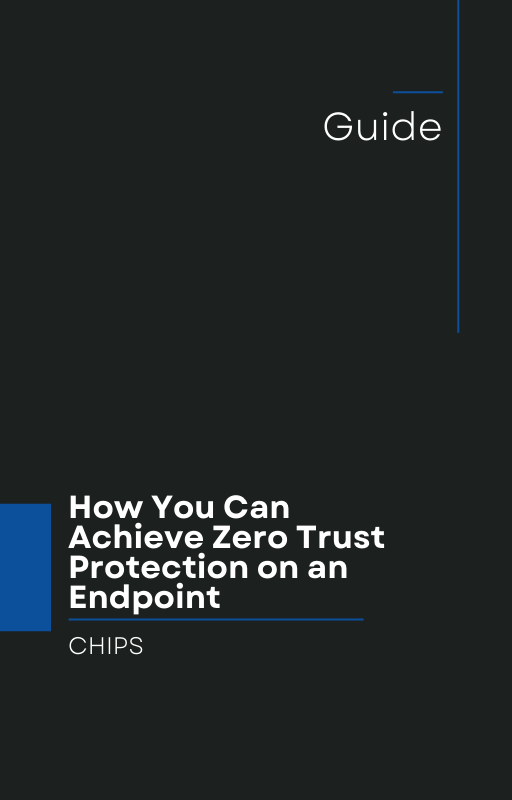As a business owner or leader, achieving Zero Trust within your organization may seem like a daunting task, especially if you are not a technical person. However, it is essential for privacy assurance and protecting your business from cyber threats.
To make this process more manageable, here are some steps that you can take:
- Understand the basics of Zero Trust
Zero Trust is a cybersecurity system that requires users to be authenticated on a rolling basis. This helps to assure adequate permissions are held before any asset is accessed, and it can be especially helpful on more loosely-secured cloud networks.
- Find a reliable partner
If you don't have the technical expertise, finding a reliable partner is crucial. Look for a provider who specializes in Zero Trust frameworks and can help guide you through the process of implementing it within your business.
- Evaluate your current systems
You may be surprised at how much you can do with your current standing security systems. Evaluate your current systems to determine what positive elements are currently in place and what things should be improved upon. A Zero Trust partner can assist with this.
- Invest in tools
Invest in tools that can conduct ongoing verification for all assets across your organization. If your infrastructure team isn't sure how to do this at every level, your partner can help.
- Implement AppGuard
Implementing AppGuard is a crucial step in achieving Zero Trust within a Windows endpoint. It is a security feature that isolates applications from the operating system, making it difficult for attackers to gain access to sensitive information. Working with your Zero Trust partner, you can implement AppGuard to achieve endpoint security.
By following these steps and working with a reliable Zero Trust partner, you can achieve the highest level of endpoint security within your organization, protecting your business from cyber threats and ensuring privacy assurance.
Like this article? Please share it with others!

May 12, 2023

Comments